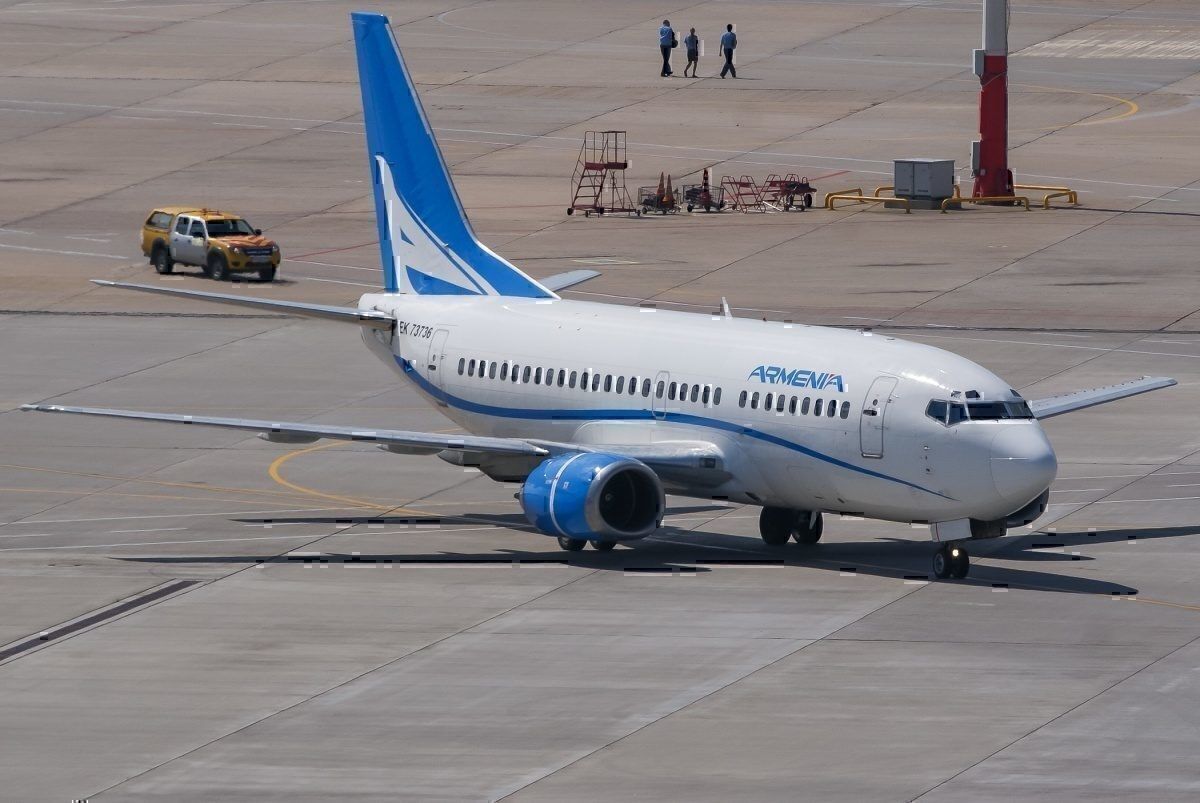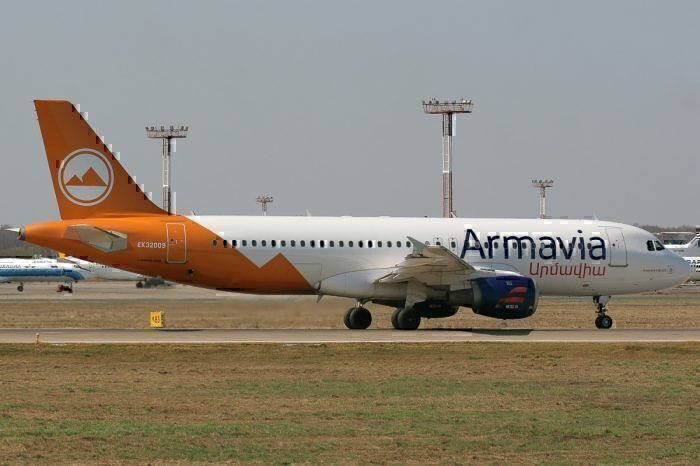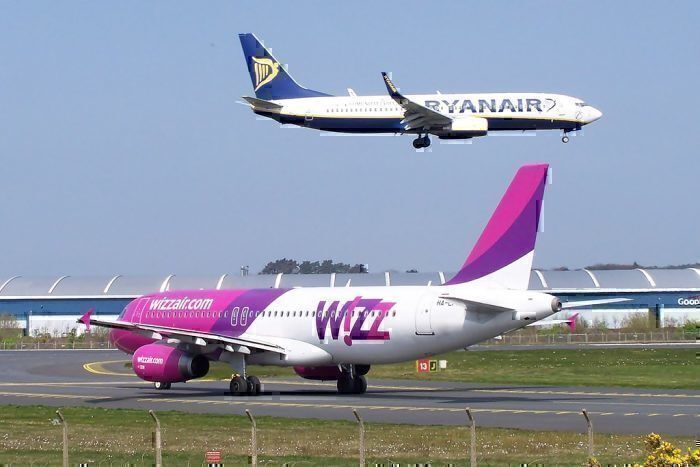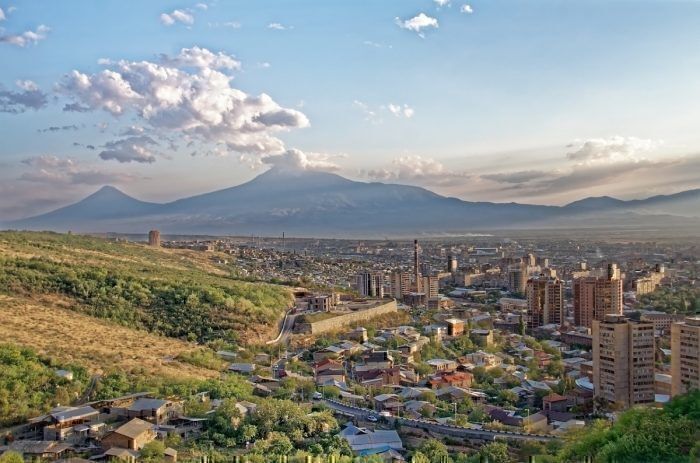The tiny nation of Armenia, with a population of just three million, are ready to make their mark on the world. With plans for low-cost airlines to include them on their routes, a strategy to reduce airfares and a fiercely strong woman at the helm, we take a look at how Armenia’s aviation industry is set to explode.
On July 3rd, the Armenian prime minister, Nikol Pashinyan, held a consultation on the development of Armenia’s civil aviation sector. Here, he made it clear that the nation was making the improvement of Armenia’s air transport industry a priority. But how does he plan to do it?
A brand new Armenia
Armenia is striving to put itself on the map, and there are some major changes taking place already. The revolution saw the previous prime minister ousted, with forward-thinking Pashinyan taking his place. The stagnant, inwards looking sector has been rejuvenated, thanks in part to the appointment of the ambitious, tenacious Tatevik Revazian.
Giving up a Silicon Valley salary to lead the future of aviation development in Armenia, Revazian was appointed as the Chair of the Armenian Civil Aviation Committee just 10 months ago. Already she’s started to make a difference, identifying both the challenges and the opportunities facing the nation’s future development.
In an interview with AviaDev, Revazian noted that her attempts to attract low-cost carriers to the country were initially dismissed by others. The consensus was that Armenia is not an interesting market for low-cost airlines, but Revazian believes otherwise.
She sees the issues of the past being a lack of flexibility in terms of airport pricing and conditions, as well as poor proactivity in terms of attracting airlines. Since her appointment, Revazian has made it her mission to talk to decision-makers, to listen to their needs, and to come up with solutions that will fit for everyone. Speaking to Evenreport, she said,
“I have a huge network of airlines that I have worked with, I know how to speak to them, I know how to prepare the business cases and want to proactively attract new flights to Armenia,”
Challenges on the inside
Revazian’s ambition is not without its challenges. In the AviaDev interview, Revazian noted that many of the hurdles she has to overcome are on the inside, rather than the outside of Armenia. Many of the people in Armenian aviation were there when the nation had a national carrier, and still harbor resistance to bringing any outside airlines in.
The story of Armavia, Armenia’s former flag-carrying airline, was not one of success. Despite being granted exclusive rights to both domestic and international routes, it went bankrupt in 2013. This reflected badly on Armenia as a whole and gives the nation a good reason to be cautious in developing the sector.
Of course, Armenia does have its own airlines, although none are particularly big. Armenia Airways has two aircraft and flies only between Yerevan and Tehran. Armenia Aircompany also has two aircraft and flies to destinations in Russia and Israel. Atlantis Armenian Airlines has a few more planes, with three A320s, one 737 and a Let L-140 in their fleet. And then there’s Taron Avia, who temporarily ceased operations in 2018 but now appear to have resumed.
The majority of these carriers, you might remember, stepped up to help passengers navigate around the Russia-Georgia flight ban. Although key services in Armenia itself, none really have the clout to be nominated a national airline. As such, Armenia, at least for now, needs to open the door to outside airlines if it wants to achieve its tourism goals.
Low-cost airlines interested
Revazian has worked with the government to develop an incentive arrangement for new airlines flying into Yerevan. Currently, the high airport tariffs have scared off some of the carriers who may otherwise have flown there, but Revazian’s committee has a plan.
They told reporters at a press conference this week that they had prepared legislation to remove taxes for airlines beginning new routes to Yerevan. Revazian stated at the conference that they had secured the interest of both Ryanair and Wizz Air if they made flying there more affordable.
Since 2009, all passengers departing from Armenia have had to pay a tax, equal to 10,000 drams, which is around $21. For a nation with typically low incomes, this served to drive up the price of airline tickets to unaffordable levels. For operators like Ryanair, this additional cost would put the overall fare at a level they’d find uncomfortable to cope with.
Revazian is confident that the low-cost carriers will arrive, telling the press that,
“If all the obstacles with the purchase of new aircraft are solved, the low-cost airlines are ready to come to the Armenian market as soon as the summer of 2020,”
If that does come to fruition, a whole lot of Europeans could have some exciting travel plans for next summer. Armenia remains a tantalizing and unspoiled destination; I for one am certainly hoping for direct affordable connections from more western cities, and look forward to seeing what the future holds.





